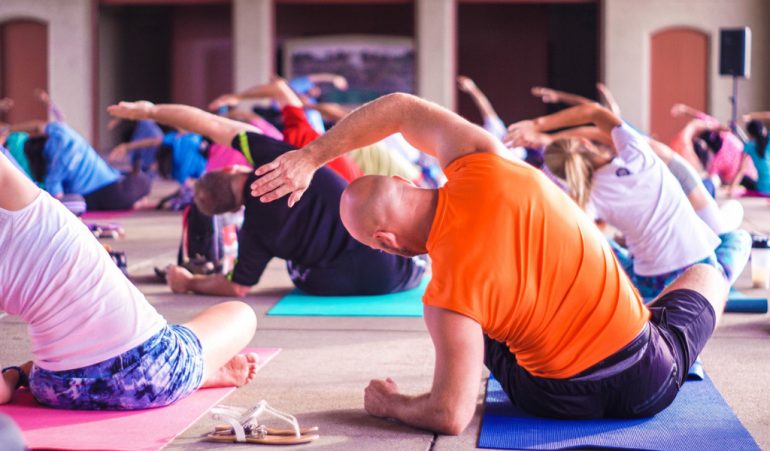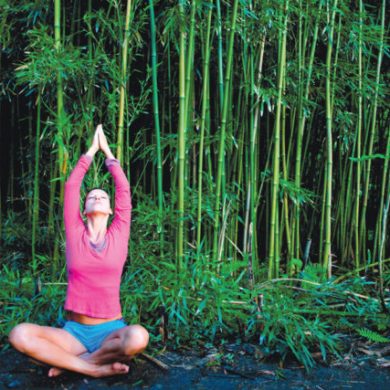At this crucial time of pandemic it is very important to boost your immunity. Yog is the not just the easiest way but a definite way to boost your immunity.
Here we share few very simple yet effective Bharat Yog practices to boost immunity!
VirechanGati
Virechan is a Sanskrit word that means expulsion. It is a wonderful practice to boost our immunity and resistance to fight against infections and diseases. It is the most important preparatory movement to enable a beginner for deeper practices in yog discipline.
Virechan is there to expel the waste of body and mind through exhalation. It is a wonderful gati to purify the lungs, boost up the heart function, warm up the body, improve stamina, flow of energy and blood circulation, tone up the naval to improve digestive fire, detoxify the body, shed weight, refresh the brain and add peace and calm to mind as it balances the swaras in a wonderful way.
It improves lungs capacity and expansion of chest beside adding strength to our shoulders and keeping us away from the risks of frozen shoulder and spondylitis.
It adds true health, fitness and freshness to all parts of the most important organ of human body i.e. skull.
Preparation:
Stand on yog mat with toes together, fingers of both hands closed as fist, arms folded at elbows forming a right angle (90 degree) and upper arm touching the sides of ribs.
Procedure:
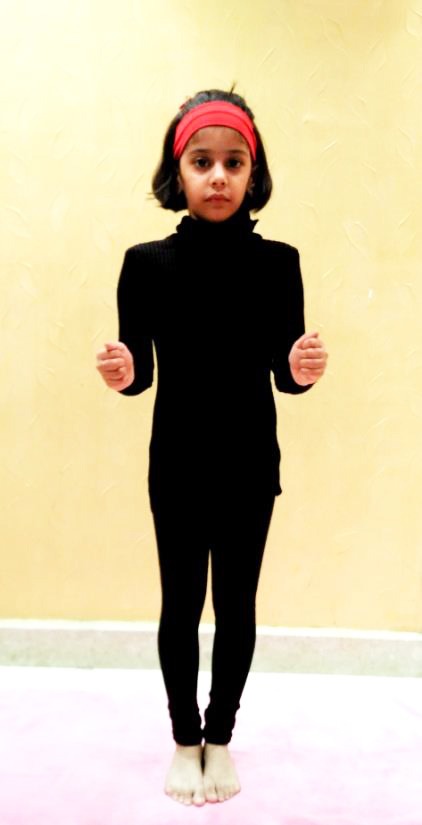
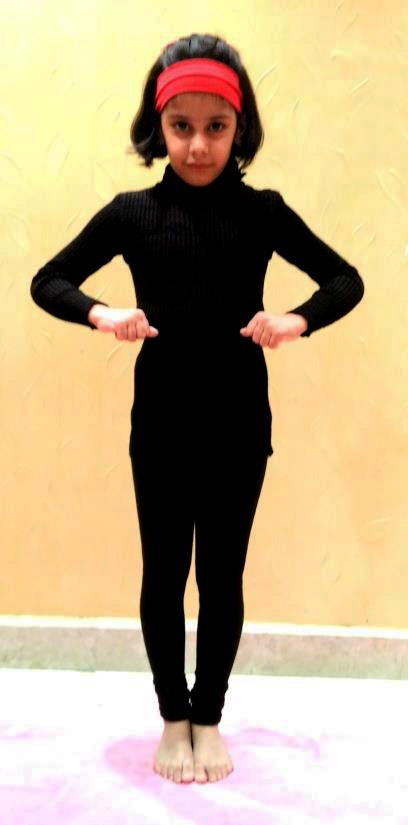
Step 1:
- Inhale gently while lifting the elbows and upper arm up to shoulder level and exhale forcefully with pressure in exhalation to bring the elbows and upper arm back to sides of ribs.
- Keep the stomach perfectly relaxed to contract with each repetition and Repeat it 50 to 100 times in one round. We may take three to five rounds of this step.
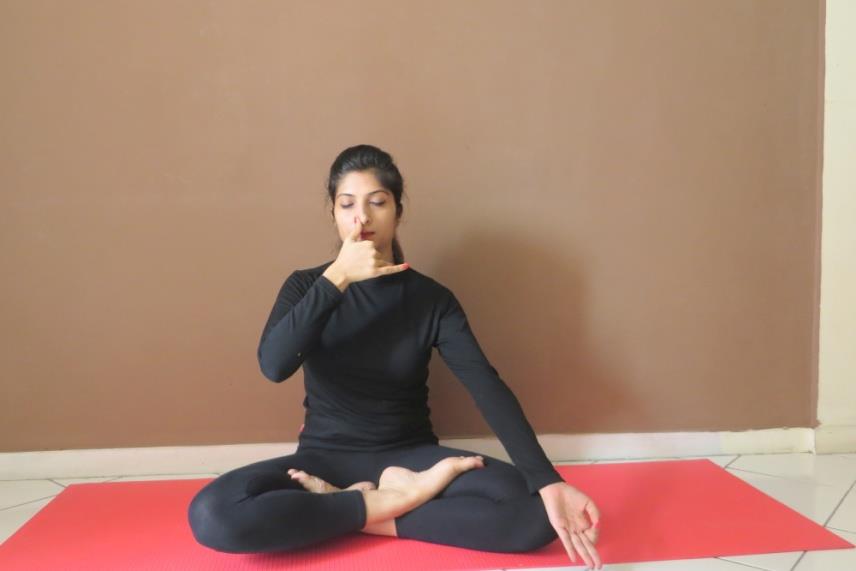
Step 2:
- Sit on the yog mat in Padmasan / Siddhasan or any comfortable meditative posture that allows to sit with spine, neck and head in straight line.
- Close left nostril with ring finger of right hand and exhale forcefully with pressure and allow gentle inhalation each time through right nostril.
- Keep the stomach perfectly relaxed to contract with each repetition.
- Now close the right nostril with right thumb and repeat the same process of breathing through left nostril.
- Left hand will continue to rest in lap below naval, facing the palm to sky or will remain in gyan mudra. This is one round. Repeat it 25 to 50 times on each side in one round.
- We may take three to five rounds of this step.
Step 3:
- Sit on the yog mat in Padmasan / Siddhasan or any comfortable meditative posture as stated above controlling left nostril with ring finger and right nostril with thumb of right hand.
- Exhale forcefully through alternate nostril allowing a gentle fresh inhalation each time you exhale. Allow 50 to 100 strokes of exhalation in one round. Take 3 to 5 rounds.
Important:
As you feel command over proper inhalation and exhalation you may increase speed of inhalation and exhalation in this practice. Now stop and leave your skull, rest of the body and mind to relax deeply.
NadiShodhanPranayam:
‘YathaNaamTathaGuna’, ‘Nadi’ means nerves and ‘Shodhan’ means ‘to purify’, hence NadiShodhanpranayam purifies the nerves and veins by clearing the waste.
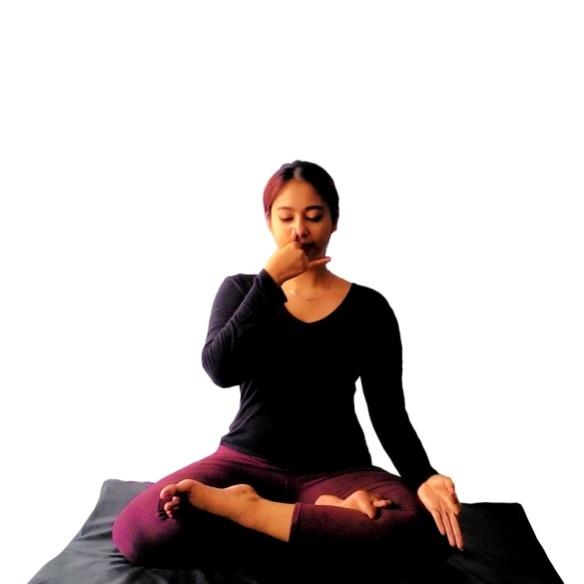
Preparation:
- Sit in Padmasan or Sukhasan with spine straight but not stiff.
- Eyes will remain closed during entire practice.
- Right hand thumb and third finger (ring finger) will be used to control right and left nostril during practice.
- Empty your mind from thoughts and concentrate on breath.
- Those who can’t sit on the floor due to physical conditions can practice it sitting on a chair keeping their back straight.
Step- 1:
Also commonly known as ‘AnulomVilom’. This practice can be practiced by everyone despite of age, physical or mental conditions as there is no retention of breath. Without any harm to anyone with any physical condition it can be practiced by all.
Procedure:
- Close right nostril with thumb and gently inhale through left nostril.
- Once inhaled completely, close left nostril with the third finger and exhale gently through the left nostril.
- Remain in same position and inhale through the left nostril deeply and gently.
- Once inhaled completely, close the right nostril with thumb and exhale gently through the left nostril.
- Time of inhalation should be equal to the time of exhalation i.e. ratio of inhalation and exhalation should be 1:1.
- With each inhalation & exhalation count: 1,om ; 2,om; 3,om…
- This is one round.
Repetitions:
Practice 5 rounds for 3-5 minutes. Slowly increase the time duration.
Precaution:
- There should be no sound of breath during inhalation or exhalation.
- Breathing should be in a flow and while practicing first step practitioner must not hold breath.
Step 2:
After mastering the ratio of 1:1, second practice is to practice 1:2 i.e. inhale in 5 counts and exhale in 10 counts which means time of exhalation has to be double to the time of inhalation.
Step 3:
In this technique antarkumbhak or internal breath retention is introduced. Hence the ratio will go 1:1:1 i.e. inhale in 5 counts hold breath for 5 counts and then exhale in 5 counts.
For more deep & advance practice, moolbandh can be practiced at the time of internal breath retention i.e. at the time of holding inhaled position.
Step 4:
It is a much deeper practice where strict ratio of 1:1:2 is followed i.e. 5 counts of inhalation, 5 counts of holding breath inside and 10 counts of exhalation. After mastering 1:1:1, 1:1:2 needs to be mastered.
Step 5:
It is to practice the ratio of 1:2:2 i.e. inhale in 5 counts, holding breath inside for 10 counts and exhaling in 10 counts.
Step 6:
Ratio of 1:4:2 needs to be practiced i.e. inhale in 5 counts, holding breath for 20 counts and exhaling in 10 counts.
Precaution:
Step 3 to 6 should not be practiced by the patients of asthma & heart ailments.
Attahas
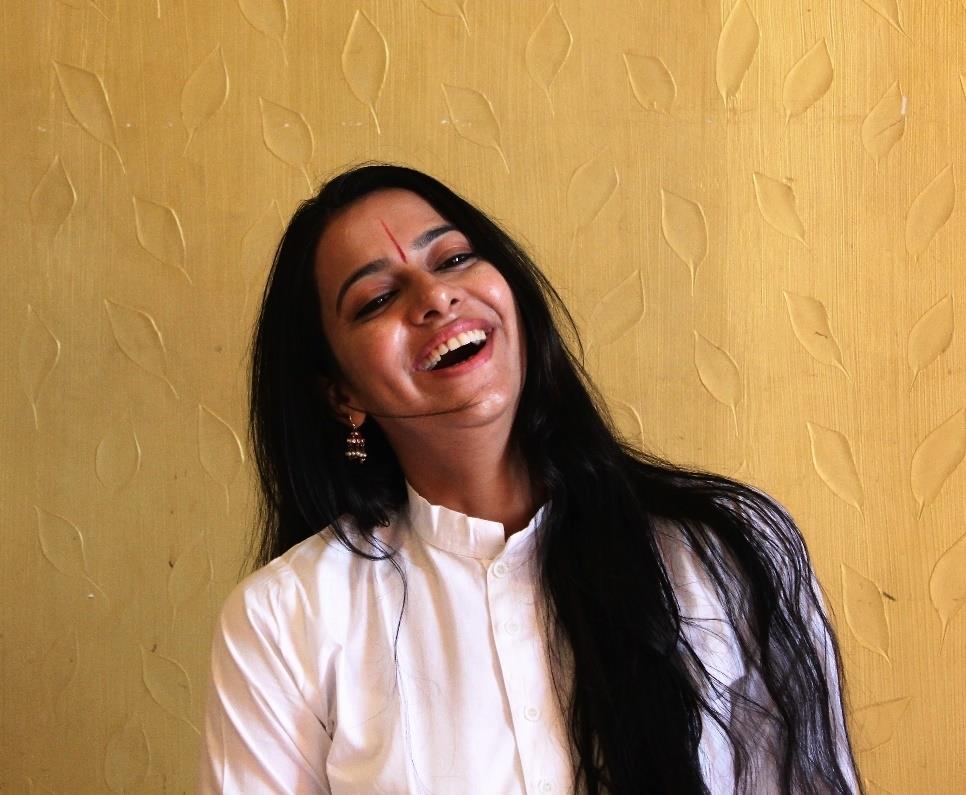
Attahas is the free laughter, also known as yog laugh or laughter therapy.
Attahas works as a miracle to relax, rejuvenate, to relieve stress and anxiety and to boost immunity.
Scientists have experienced that laughing 100 times is equivalent to a 10 minute workout on a rowing machine or 15 minutes on a stationary exercise bike.
Physiologically free laughter promotes healing in a wonderful way by lowering the blood pressure, by increasing the vascular blood flow and the oxygenation of the blood. This simple action when properly adapted also improves digestive, respiratory and nervous systems.
Physical fitness gained through laughter is more stable as it works not only with the muscular system but also adds thrill and real beauty to your personality.
The act of free laughter exercises the diaphragm, rectus abdominal, facial, leg and back muscles of your body. Wonderfully enough this laughter has proved a boon in improving overall mental health.
Preparation:
- Stand straight or erect your spine while sitting on chair.
- Maintain the back, neck and head in straight line and withdraw and release all tension from your toes, ankle, waist line, back, chest and shoulders.
- Face perfectly peaceful and let it grow innocent like that of a child.
- Allow the eyes to undergo deeper rest and feel that they do not even move to accommodate as they used to do with disturbances of mind.
Procedure:
- Raise your hands above your head with palms open to sky but still relaxed.
- Leave your chest, abdomen and ribs absolutely loose.
- Practice free laughter nonstop for 30 seconds.
- Relax and bring your hands down.
- Keep your eyes closed and focus on the natural flow of your breath.
- This is one round. Practice 3 to 5 rounds.
Precaution:
Patients of High Blood pressure may perform this procedure with care.
Add to Diet
Adding bit of Turmeric, Basil, Lemon, Ginger & Giloy (Tinospora Cordifolia) in everyday diet may help in boosting immunity, but remember that excess of everything is wrong.
These simple Bharat Yog practices can be done easily at home during lockdown and will help in boosting immunity.
Stay safe! Stay Healthy!
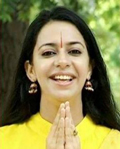 Acharya Pratishtha is an internationally acclaimed yoga guru, director of Mokshayatan Yog Sansthan and a member of key yoga committees of the Government of India. She is the author of five books, creator of CDs & DVDs and a presenter of television shows on yoga.
Acharya Pratishtha is an internationally acclaimed yoga guru, director of Mokshayatan Yog Sansthan and a member of key yoga committees of the Government of India. She is the author of five books, creator of CDs & DVDs and a presenter of television shows on yoga.

